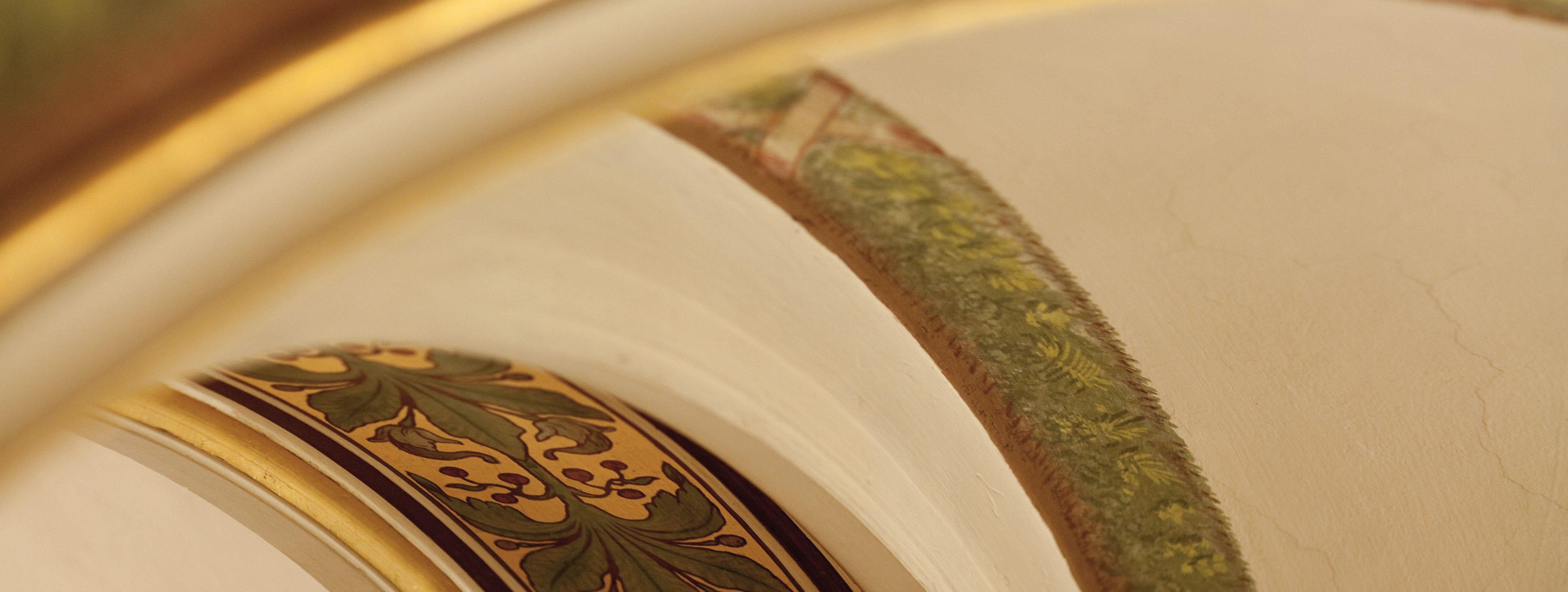About the Production
Smetana's Bartered Bride depicts the state of emergency into which an entire Czech village is plunged during the fair and the seemingly hopeless struggle of a young woman for her seemingly betrayed and sold love. The utopian counter-world of a traveling circus holds up a mirror to the villagers' desires, their dependencies, fears and hopes.
In his search for a specifically Czech sound, the composer also tried to do justice to his love and admiration for the musical comedies of Mozart and Wagner - with astonishing success. The work matured from a two-act Singspiel version with spoken dialog, first performed in 1866, to its through-composed three-act form, which was premiered in 1870. The Bride owes its breakthrough to its world success to its Viennese performance at the then Court Opera in 1896. Since then, it has been a staple of the Viennese opera repertoire.
On the one hand, the new production builds on the Viennese tradition by deciding to produce the play in German translation. On the other hand, it breaks away from it to some extent, as Max Kalbeck's historical translation hardly does justice to the linguistic peculiarities of the original, its simplicity, poetry and directness. A new version was created in close collaboration with the musical and stage direction of the new production.



